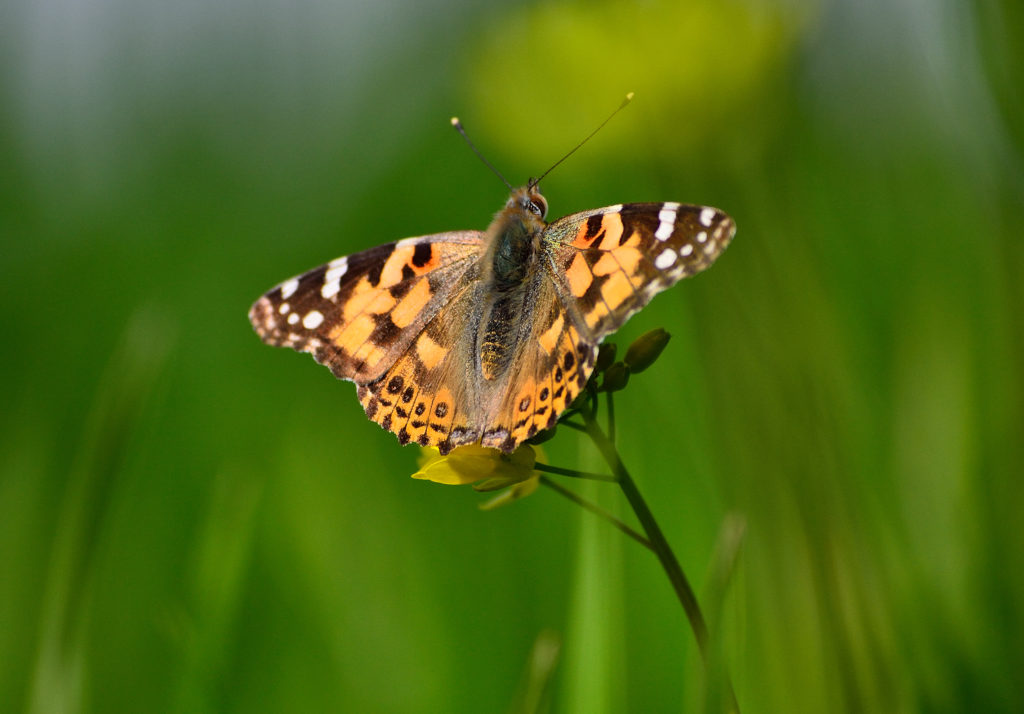Table of Contents
A Complete Guide with 6 Key Points for Newbie Photographers
Every prospective photographer is in for an enthralling adventure as they pursue photography, which is sometimes praised as the art of capturing moments in time. The learning curve may appear daunting to novices but worry not—with the correct direction, you can master the intricacies and discover the techniques behind producing breathtaking photographs.
This post examines A Complete Guide with 6 Key Points for Newbie Photographers, illuminating each idea with examples from real-world situations.
Knowing Your Camera:
Familiarizing oneself with the basic features of one’s camera is an essential first step for any newbie. Let’s talk about aperture, a crucial component of photography. The aperture regulates the quantity of light that enters the lens. A shallow depth of field is achieved with a larger aperture (lower f-stop number), as seen in a portrait where the boy is wonderfully blurred against a finely defined backdrop. On the other hand, a narrower aperture (higher f-stop number) reveals more fine detail in landscape photography, highlighting details from background to foreground.

Learning the Fundamentals of Composition:
A strong composition is essential to a visually appealing shot. A traditional rule of thumb is the “Rule of Thirds”. Think of your frame as being divided into nine equal parts, much like a grid of tic tac toe. It creates balance and interest to arrange important components along these lines or where they meet. Take a look at a landscape picture where the top or lower third of the horizon lines up to provide a pleasing and eye-catching composition.

Observation and Patience:
Exceptional photos are frequently the result of patience and a sharp eye for detail. For example, waiting for the ideal moment is necessary while taking wildlife photos. Imagine a photograph of a butterfly with it wing wide open. After much perseverance and attention, the butterfly is captured with its wings elegantly extended, producing a striking and dramatic photograph.

Trying Different Lighting:
Lighting is a photographer’s brush, and a mastery of its subtleties may turn an ordinary sight into a work of art. Consider the golden hour, which is the hour right before or after sunrise. Everything is enveloped in a mystical glow at this period because to the gentle, pleasant light. Taking pictures of subjects, such as people or flowers, around golden hour adds a mesmerizing brightness to the composition.

Post-processing Techniques:
Post-processing is an effective way to improve your photos. Take a look at this sunset cityscape shot. A visually arresting and atmospheric image may be produced by post-processing the photograph to accentuate the vivid city lights against the sunset sky by changing the contrast and highlights.

Ongoing Education and Practice:
The discipline of photography is dynamic and ever-changing. Maintain your speed by keeping up on emerging methods and styles. It takes constant practice to get better. Take a series of self-portraits to show off how your abilities have changed over time and to track your development. This is evidence of your development as well as a source of inspiration for you to keep pushing boundaries.
In summary:
Starting a photographic adventure as a novice is thrilling and difficult at the same time. Well-prepared to capture the wonders of the world around you, you possess a greater grasp of your camera, compositional expertise, patience in observation, lighting flair, post-processing abilities, and a dedication to lifelong learning. Thus, grab your camera, go out and try new things, and let the engaging medium of photography to reveal your own perspective.
